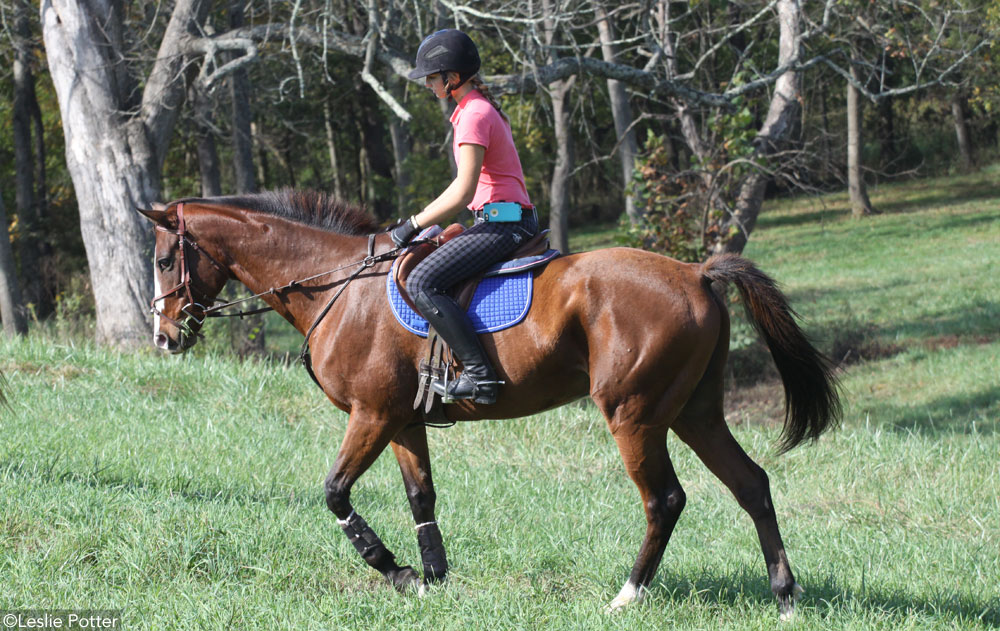“Let’s go for a ride!” Depending on how and where you like to trail ride, this phrase could mean anything from “Let’s go for a ride around the pasture,” to “Let’s go for a ride through the canyon.” But riding off onto the trail might just mean you’re leaving a cell signal behind. Some trail rides might never take you out of shouting distance from help, but more ambitious routes may take you a long way from home, and you should be prepared ahead of time for the possibility of losing your cell signal along the way. Let’s look at a few ways of how riders can stay safe when all the bars disappear.

Share Your Plans
Try Two-Way Radios
Just because your cell phone’s signal may drop all of its bars doesn’t mean that you have to be cut off from communication. People have been talking to each other over short- to mid-range distances for decades through one of the simplest technologies out there—radio. Two-way radios (“walkie-talkies”) offer a convenient, lightweight, inexpensive, and easy-to-use solution for staying in touch with someone back at the barn. With some models offering working distances up to 30 miles or more, this can be a great solution for staying in safe contact with home while on an out-of-cell-range ride. They may not have all the great features of a phone, but in a pinch, two-way radios get the job done—and still work even where no cell phone worked before.
Use Your GPS
Maps and a compass are great things to have with you on long treks, but it’s also hard to beat the convenience and safety of a GPS unit. There’s probably one built into your phone, but will it still work when you’re out in the “wild country?” It’s easy to assume that if a phone doesn’t have a signal, most of its functionality goes away; however, the GPS feature on your phone doesn’t use a cell signal to operate—it uses satellite signals. In theory, all the GPS needs to keep on working is a fairly clear view of the sky—which you should have on your trail ride, even if you’re in the woods (download the GPS maps of your area prior to leaving on your ride, though, as that will probably require a data connection). If your phone doesn’t have a GPS or refuses to utilize it without an accompanying cell signal, you can still always use a dedicated handheld GPS device to stay on course.
And remember that riding alone might sound nice, but it’s always safer to ride with at least one other person.
What precautions do you take if you ride into a “no signal” area?





